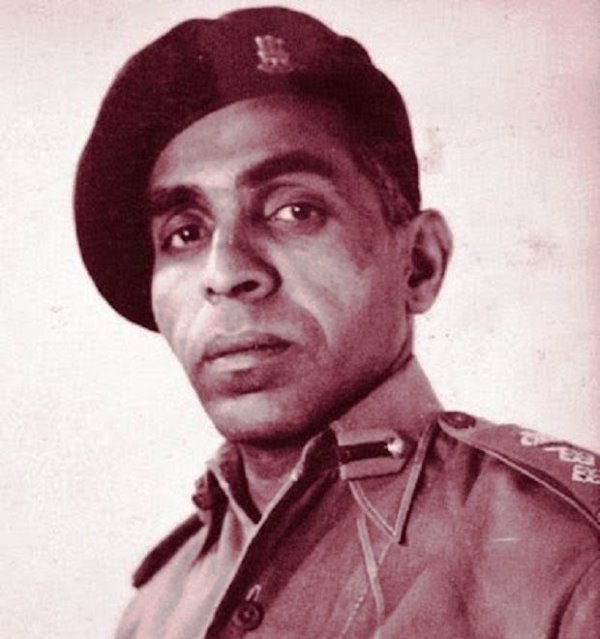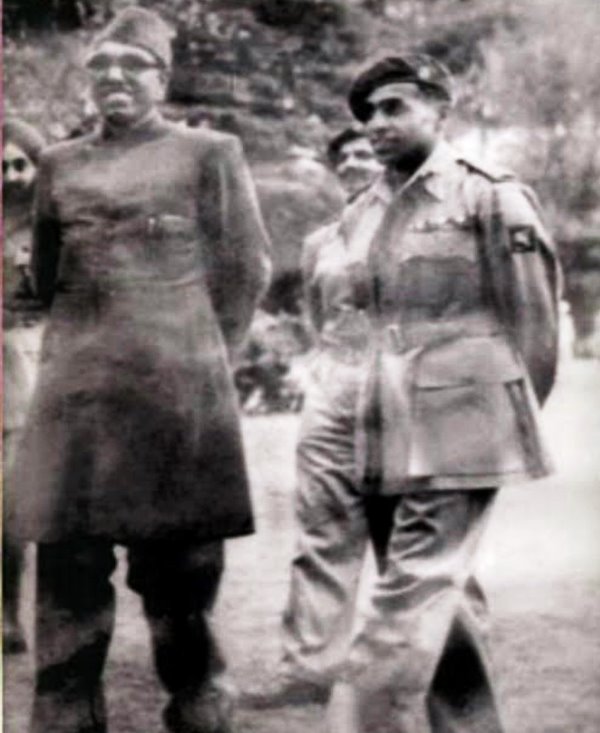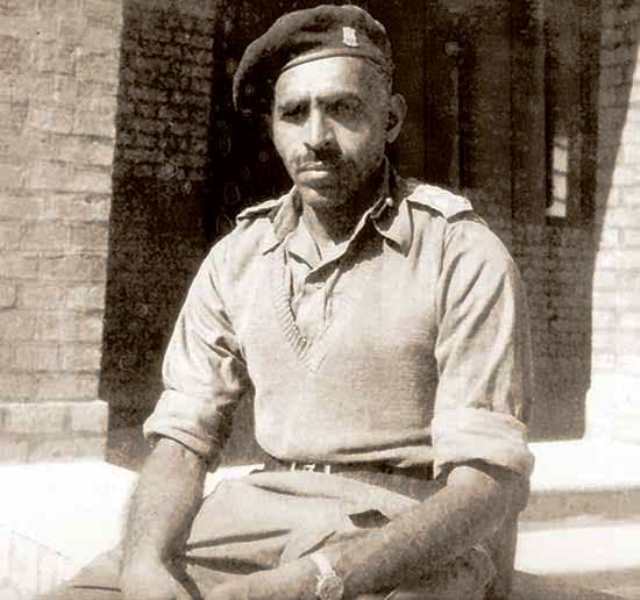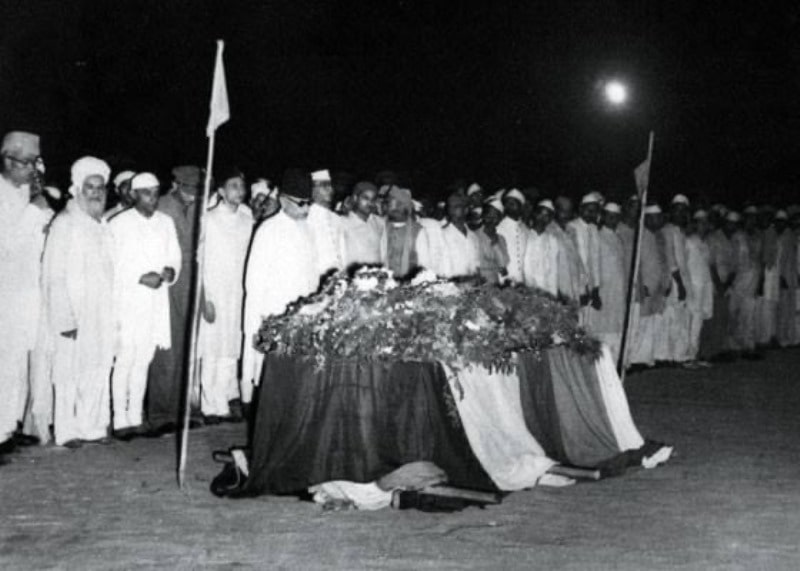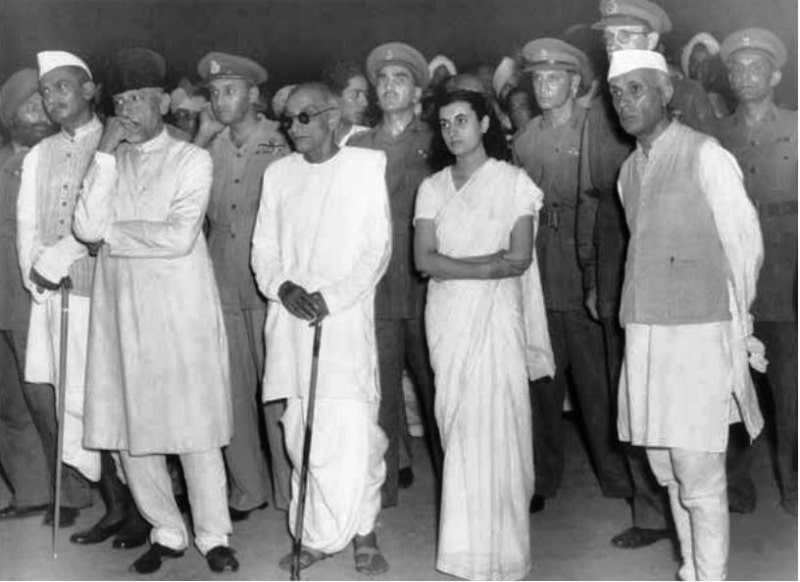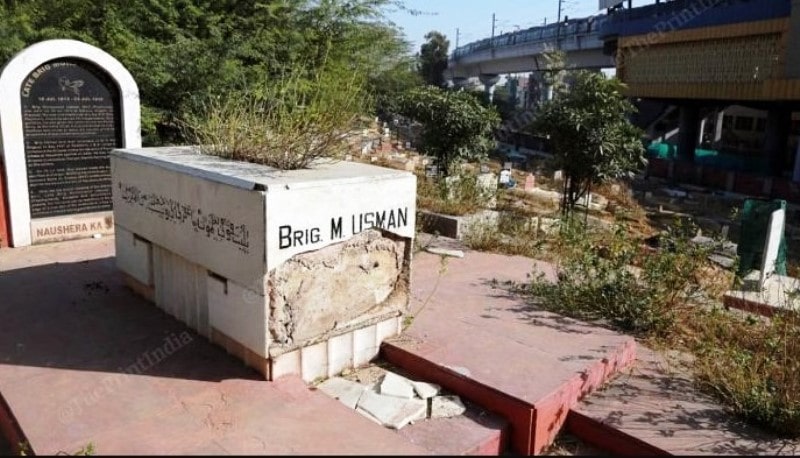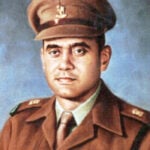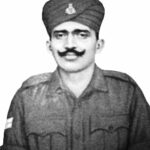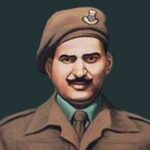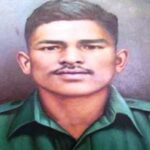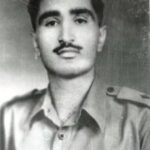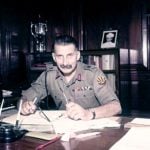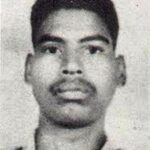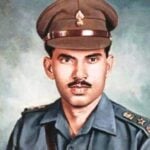Brigadier Mohammad Usman Age, Death, Family, Biography
Quick Info→
Age: 35 Years
Hometown: Azamgarh, Uttar Pradesh
Religion: Islam
| Bio/Wiki | |
|---|---|
| Names earned | • Lion Of Naushera (Naushera Ka Sher) • Saviour Of Jhangar |
| Profession | Indian Army Personnel |
| Famous for | • Being the only Brigadier of the Indian Army to have lost his life in the battle • Being one of the first recipients of the Mahavir Chakra |
| Physical Stats & More | |
| Height (approx.) | 5' 10" (178 cm) |
| Eye Colour | Dark Brown |
| Hair Colour | Black |
| Military Career | |
| Service/Branch | • British Indian Army (1934-1947) • Indian Army (1947-1948) |
| Rank | Brigadier |
| Service Years | 12 March 1934 - 3 July 1948 |
| Unit | • Cameronians (Scottish Rifles) (1934-1935) • 5th Battalion of the 10th Baluch Regiment (5/10 Baluch) (1935) • 16th Battalion of the 10th Baluch Regiment (16/10 Baluch) (1939) • 14th Battalion of the 10th Baluch Regiment (14/10 Baluch) (1945-1946) • Dogra Regiment (after independence) |
| Service Number | IA-219 |
| Commands | • 14/10 Baluch Regiment • 50 Para Brigade • 77 Para Brigade |
| Military Decorations | Mahavir Chakra |
| Personal Life | |
| Date of Birth | 15 July 1912 (Monday) |
| Birthplace | Bibipur, United Provinces, British India ((now Mau district, Uttar Pradesh, India) |
| Date of Death | 3 July 1948 |
| Place of Death | Nowshera, Jammu and Kashmir, India |
| Age (at the time of death) | 35 Years |
| Death Cause | Killed after receiving shrapnel wounds |
| Zodiac sign | Cancer |
| Signature | 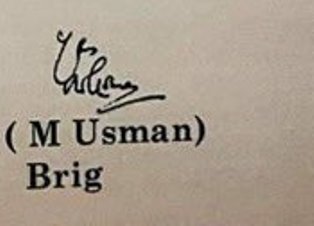 |
| Nationality | • British Indian (1912-1947) • Indian (1947-1948) |
| Hometown | Azamgarh, Uttar Pradesh |
| School | Harish Chandra High School, Banaras |
| College/University | Aligarh Muslim University, Uttar Pradesh |
| Educational Qualification | Graduate |
| Religion | Islam |
| Relationships & More | |
| Marital Status (at the time of death) | Unmarried |
| Family | |
| Parents | Father- Mohammad Farooq Khunambir (police officer) Mother- Jamilun Bibi (homemaker) |
| Siblings | Brother(s)- 2 • Mohammad Gufran (retired brigadier in the Indian Army) • Mohammad Mohammad Subhan Sister(s)- 3 (all elder to him) |
| Other Relatives | Maternal Grandson(s)- 3 • Mukhtar Ansari (1963-2024) (politician) 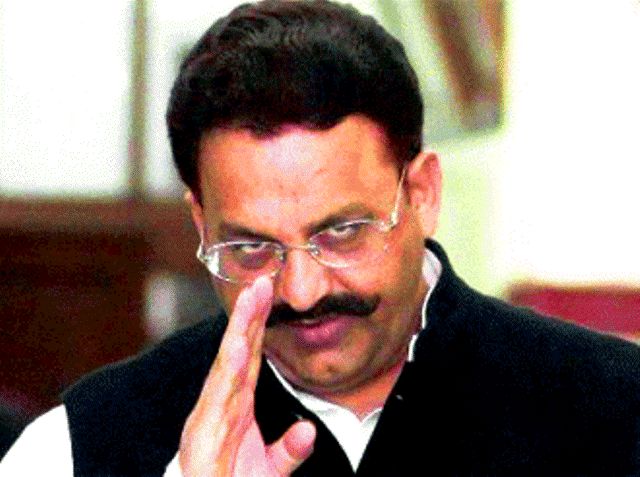 • Sibakatullah Ansari (politician) 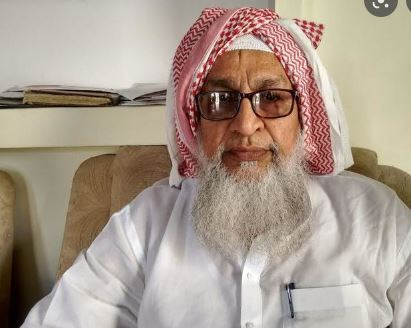 • Afzal Ansari (politician) 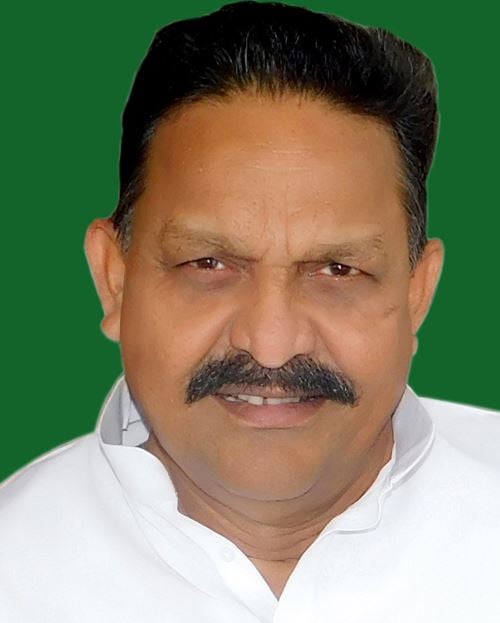 Great Maternal Grandson(s)- 2 • Abbas Ansari (politician) 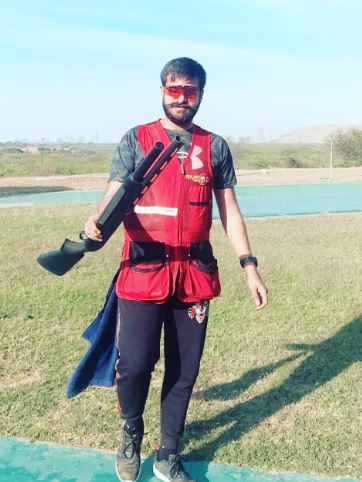 • Umar Ansari (politician)  |
Some Lesser Known Facts About Brigadier Mohammad Usman
- Mohammad Usman was born into a Muslim family in Uttar Pradesh that had been serving in a uniformed service in British India for generations.
- When he was twelve years old, Usman jumped into a well to save a drowning child even though he did not know how to swim.
- Usman completed his primary schooling in Azamgarh, United Provinces (now Uttar Pradesh).
- He then joined the Prince of Wales’ Royal Indian Military College (RIMC) in Dehradun after making it into the all-India merit list. He was among the few Indians to join RIMC.
- Usman performed academically well, and he was among the rank holders at RIMC.
- After completing his school studies, Usman relocated to Azamgarh, where he began preparing for the Indian Civil Service (ICS) examinations. He, however, dropped the idea of becoming an ICS due to stammering.
- Usman then enrolled at the United Province’s police training academy. He left the training module mid-way after he was punished by an instructor who thought that he mimicking him and not stammering.
- He worked on correcting his speech without undergoing any therapy but by reading books loudly and practising speech by himself.
- In 1931, he applied for the King’s Commission (KC) to join the British Indian Army as an officer.
- In 1932, he was selected to undergo a tough military training module at the Royal Military Academy (RMA) in Sandhurst.
- He was chosen among 45 candidates and was part of the last batch to undergo officer training at RMA.
- At the time of the completion of his training, he stood in 30th position out of 45.
- He completed his training in 1934 and was commissioned into Cameronians (Scottish Rifles), an all-British regiment, in which he served a mandatory posting for a year.
- Sam Manekshaw, who led the Indian Army during the 1971 India-Pakistan War, and Usman were commissioned into the British Indian Army as a second lieutenant in February 1935. But Usman was given a seniority of three days as the British Army preferred officers trained at RMA in Sandhurst over the ones trained at IMA in Dehradun.
- In 1935, following the successful completion of his mandatory posting, Usman was promoted to the rank of lieutenant and was allotted the 5th battalion of the 10th Baluch Regiment (5/10 Baluch).
- He was later sent to the North Western Frontier Province (NWFP), where he participated in many military campaigns, especially in the Mohmand campaign of 1935, against the insurgents and the Afghans.
- After serving a tenure there, he served in many non-combat posts in the British Indian Army.
- In November 1935, he learnt Urdu and served in the Army headquarters as an interpreter. He was designated as a 1st class interpreter in Urdu.
- Before the outbreak of the Second World War, Usman was transferred to the 16/10 Baluch.
- After Japan declared war on the British Empire, he was ordered to move to and defend Burma (present-day Myanmar).
- He led many successful campaigns against the invading Japanese forces and gained recognition.
- He was among the few Indian officers chosen to attend a Command and Staff Course at Staff College Course in Quetta in February 1942. He underwent the course till July 1942.
- After completing the course, he rejoined his unit in Burma, where he was promoted as a temporary major, a rank given to an officer in a warzone due to a shortage of officers of that particular rank.
- In 1944, he led his unit against the enemy forces during the Battle of Meiktila and Mandalay. During the battle, his battalion suffered approximately 500 casualties, and his name was mentioned in a dispatch for his gallant actions.
- Usman complained against his battalion’s Commanding Officer (CO) after he did not agree to write a letter of recommendation for a fellow Indian officer to receive the Victoria Cross, Britain’s highest gallantry medal.
- In September 1945, following the surrender of Japan due to the bombing of Hiroshima and Nagasaki by the US, Usman returned to India, where he was sent to the 14th battalion of the 10th Baluch Regiment (14/10 Baluch).
- In 1946, Usman and a few other officers opted to undergo a parachute training course at Chaklala (now in Pakistan). He then joined the 77th Parachute Brigade and later took on its command as a brigadier.
- He later served as a brigadier at Multan, Jacobabad, Lahore, and Rawalpindi to contain the violent unrest just before the partition.
- In 1947, after the partition of India, Usman was given the opportunity to go to Pakistan and join its army as a general. However, he denied the offer and chose to remain in India and continue his service in the Indian Army.
- After August 1947, his brigade was deployed near Amritsar.
- He was one of 18 brigadiers of the Indian Army in 1947.
- Soon after partition, the Princely State of Jammu and Kashmir was attacked by the Pakistani military and tribal lashkars assisted by the government.
- According to sources, he played a vital role in influencing Pandit Jawaharlal Nehru’s decision to send the Indian military to Jammu and Kashmir after its ruler acceded to India.
- After receiving an official confirmation, Usman led the 77th Parachute Brigade in Kashmir against the invading forces. He is credited with devising plans that led to the capturing of Srinagar and its adjoining areas.
- He later led his brigade against the Pakistani forces in capturing the strategically important towns of Shelatang, Naushera, Jhangar, and Poonch. For his role in capturing Naushera, Usman was given the title of “Lion of Naushera.”
- The food supply to the civilians of Kashmir was poor due to the war as a result of which Brigadier Usman ordered the troops in his brigade to observe fast on Tuesdays so that the ration on those days could be distributed to the civilians in distress.
- Usman took over the command of the 50th Parachute Brigade after its commander got injured in an artillery shelling.
- Usman personally oversaw the capture of an important called Kot. He named the name of the campaign as Operation Kipper, the nickname of General Cariappa.
- Usman reportedly went against the decision of his superiors to capture Kot in a hurry with artillery bombardment as he feared that it would lead to massive casualties. An officer recalled Usman’s words and said,
I would never have forgiven myself, if I had, on my first impulse, launched my Brigade Reserve with artillery bombardment to capture Kot in a hurry. I would have been haunted by the spirits of my own soldiers as their murderer and robbed 2 PUNJAB of the glory of being “Victors of Kot.”
- Due to Usman’s success on the battlefield, the Pakistani authorities put a reward of Rs. 50,000 on his head.
- The Pakistani authorities even resorted to publishing false news of Mohammad Usman’s demise. This was done to demoralize Indian troops fighting under his command.
- On 14 March 1948, Usman passed the orders to capture Jhangar, a well-fortified base of the Pakistanis.
- Usman had vowed to sleep on the ground until Jhangar was recaptured and merged into India.
- Once Jhagarh was captured, Usman played a vital role in organising the troops to defend the town from enemy attacks. His plan resulted in the death of more than 2000 enemy troops.
- On 3 July 1948, Brigadier Usman called for a meeting at 5 am to discuss about the war. During it, the Pakistani Army began bombarding Usman’s location after which Usman successfully directed the Indian artillery units to return the fire.
- While doing so, an artillery shell exploded close to Usman and severely wounded him. He lost his life while being evacuated to a hospital. His last words were,
I am dying but let not the territory we were fighting for fall for the enemy.”
- Usman was later flown to New Delhi, where Prime Minister Jawaharlal Nehru and Louis Mountbatten, the then Governor General of India, attended his funeral.
- His body was buried in the campus of Jamia Milia Islamia campus.
- In his honour, the Indian Army erected a memorial in Jhangar, where he was wounded.
- He is the only Brigadier of the Indian Army to have been killed on the battlefield. PM Nehru penned a letter to one of his brothers after his death.
- Usman consumed alcoholic beverages occasionally.
- According to the officers who served with him, he was very religious but never allowed it to hinder his duty. He once ordered the Indian army to fire on a mosque in Kashmir where Pakistani troops were hiding and attacking, stating that a religious place loses its sanctity when used for violence.
- Since Usman was unmarried, he used to donate a major proportion of his salary to feeding and educating poor kids.
- In Kashmir, to help the army maintain its logistical supplies in the remote location of Kashmir, Brigadier Usman formed a Bal Sena, consisting of kids, to help carry rations.
- Mohammad Usman brought the salutation “Jai Hind” used by Netaji Subhas Chandra Bose’s Indian National Army (INA) into the Indian Army after independence. Earlier, this salutation was not used.
- In 2020, his grave was destroyed by some miscreants. When its photo went viral on the internet, netizens expressed their anger. The grave was later repaired by the Indian Army.
- In March 2024, director Vikas Bahl announced the release of a film titled Battle of Naushera, based on Brigadier Mohammad Usman’s life.

